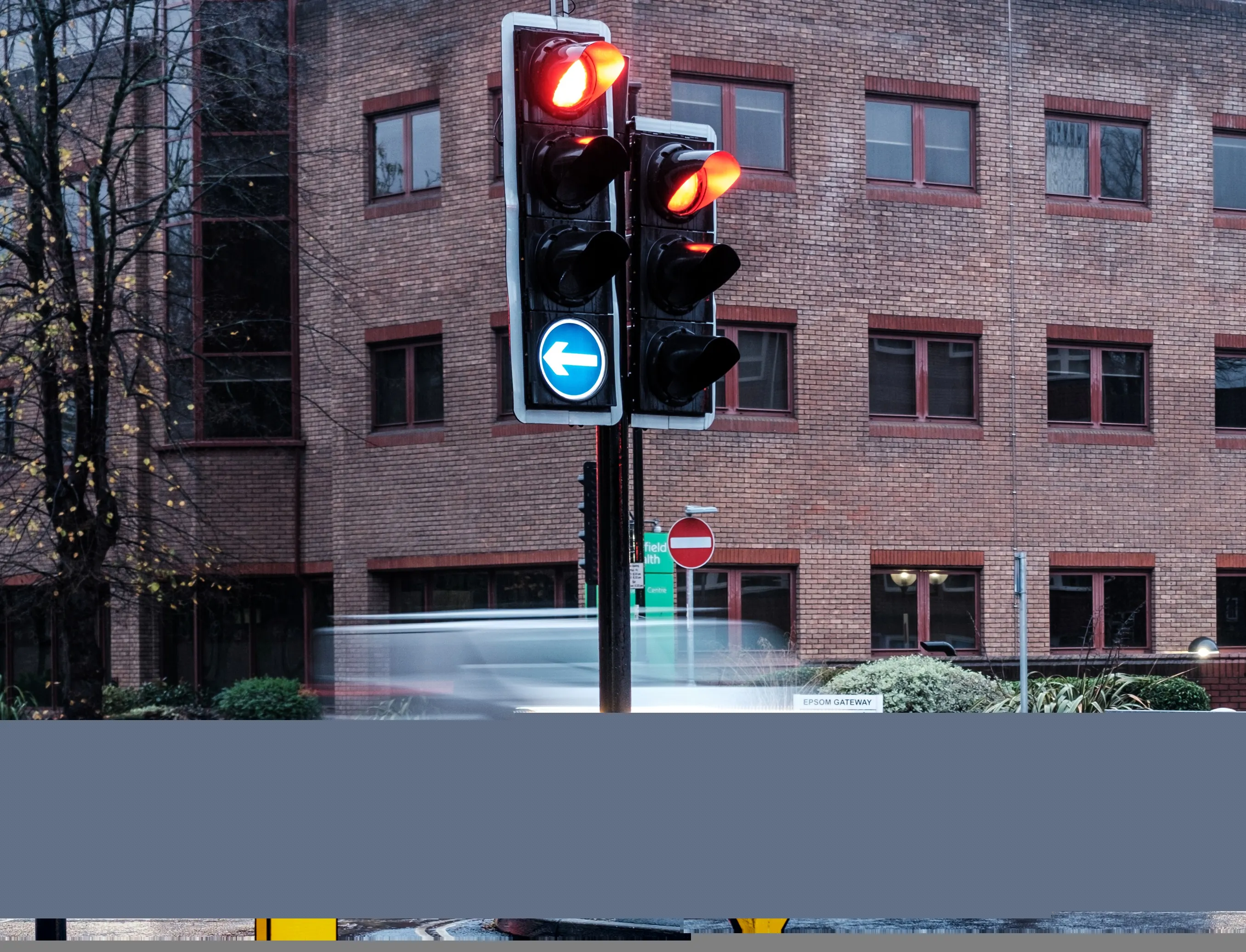ITS manufacturer AGD Systems has acquired Radix Traffic, a UK manufacturer of rotating cone tactile equipment to assist visually impaired pedestrians at signalled crossings.
AGD says the Radix tactile indicator allows a blind or partially-sighted person to hold a cone which protrudes from the signal. When it is safe to cross, the cone starts rotating as the green man appears.
Brian Cherry will serve as a director of the Radix division of AGD Systems to assist in the transition of the company’s produ
March 15, 2019
Read time: 1 min
ITS manufacturer 559 AGD Systems has acquired 8326 Radix Traffic, a UK manufacturer of rotating cone tactile equipment to assist visually impaired pedestrians at signalled crossings.
AGD says the Radix tactile indicator allows a blind or partially-sighted person to hold a cone which protrudes from the signal. When it is safe to cross, the cone starts rotating as the green man appears.
Brian Cherry will serve as a director of the Radix division of AGD Systems to assist in the transition of the company’s product portfolio.










